18 Important Types of Beans Every Cook Should Know
Types of beans bring versatility, flavor, and nutrition to countless dishes across cultures. Their textures range from smooth and creamy to firm and nutty, making them a popular choice in various recipes.
Many varieties of beans provide essential nutrients, contributing to balanced, plant-based meals. From soups to salads, these legumes add depth and heartiness to any plate.
Beans come in a variety of colors, each with its own unique taste and cooking qualities. Here’s a list of 18 types of beans to try in your cooking:
18 Popular Types of Beans for Cooking
Beans are nutritious, delicious, and diverse. These 18 varieties are must-haves for soups, salads, and hearty dishes.
Cannellini Beans
Cannellini beans are the most recognized white bean, celebrated for their mild yet nutty flavor.
Their unique meatier texture enhances a variety of dishes, making them ideal for hearty soups and rich stews while also adding depth to salads.
Frequently found in minestrone, a beloved Italian soup, these versatile beans complement other ingredients beautifully.
With impressive nutritional benefits like protein and fiber per serving, including Cannellini beans can contribute significantly to your meals without overwhelming flavors or calories.
Great Northern Bean
Great Northern beans are a versatile choice for your cooking endeavors, known for their subtle flavor and firm texture.
These white beans excel in slow-cooked dishes like soups, stews, and casseroles since they maintain their shape even after extended cooking times.
Their unique ability to soak up surrounding flavors makes them an essential ingredient when crafting satisfying meals that appeal to everyone at the table.
With impressive nutritional benefits, including high protein content and fiber, incorporating Great Northern beans into your recipes not only enhances taste but also boosts healthiness in every dish you prepare.
Fayot Bean
Fayot beans are a staple in classic French cuisine, cherished for their delicate texture and mild taste.
Often referred to as flageolet beans, these petite legumes thrive in the rich soils of France and add a creamy element to various dishes without overpowering other flavors.
Their versatility shines through when used in stews, salads, or paired with meats, making them an excellent choice for hearty meals.
Rich in protein and fiber while being low in fat, incorporating fayot beans into your diet can contribute positively to overall health.
Fava Bean
Fava beans are a a versatile ingredient celebrated for their distinct blend of sweet and bitter flavors. Found fresh at farmer's markets or grocery stores, these legumes offer a unique taste profile that adds depth to various dishes.
To enjoy them, simply remove the beans from their pods and blanch to enhance their natural flavor before exploring cooking methods like stewing, braising, roasting, or sautéing. Incorporating fava beans into pasta dishes can elevate your meals with an intriguing texture and satisfying bite.
Rich in nutrients such as protein and fiber, they are not just delicious but also contribute beneficial elements to your diet while keeping meal prep exciting.
Lima Bean
Lima beans are small, green legumes known for their creamy texture and subtle grainy flavor.
Often called butter beans, these versatile ingredients can enhance various dishes across global cuisines.
They boast a remarkable nutritional profile with significant protein content and dietary fiber that contributes to heart health.
Rich in potassium and calcium, lima beans support overall well-being while adding a satisfying element to your meals.
Red Bean
Red beans are small and flavorful legumes, characterized by their mild sweetness and subtle nuttiness.
Their soft texture and striking ruby hue make them a versatile ingredient in various cuisines, particularly Caribbean, Cajun, Latin, and Creole dishes.
Often featured in hearty recipes like chili or the classic red beans and rice, these oval-shaped gems add depth to any meal you prepare.
With a solid nutritional profile that includes protein and fiber while being low in fat makes them an excellent choice for those looking to enhance their diet with wholesome ingredients.
Kidney Bean
Kidney beans play a crucial role in many savory dishes, particularly chili. Known for their robust flavor and firm texture, these beans come in various colors including red, white (cannellini), purple, black, and even spotted varieties.
Their popularity stems from both availability in canned form and the nutritional benefits they offer. Packed with protein and fiber while being low in fat makes them an excellent choice for health-conscious cooks looking to add substance to meals without excessive calories.
With kidney beans on hand, you can easily enhance your favorite recipes or create new ones that nourish the body and satisfy hunger.
Mung Beans
Mung beans are a nutrient-rich legume that often flies under the radar in cooking. These small, green gems bring not only a soft texture but also an array of health benefits to your meals.
Perfect for enhancing soups, salads, stir-fries, and casseroles, they require soaking before preparation, a step that pays off with their remarkable flavor and versatility. Packed with protein and essential minerals like potassium and magnesium, mung beans support overall well-being while adding depth to dishes.
A cup of cooked mung beans offers impressive nutrition without overwhelming calories or fat content; you’ll find them an excellent choice for wholesome eating at any time of day.
Pinto Beans
Pinto beans are a popular legume characterized by their light brown hue and creamy texture. Renowned for their nutty, earthy flavor, these beans play an essential role in classic dishes like refried beans and chili.
Their adaptability allows you to incorporate them into numerous recipes, making pinto beans a kitchen staple that enhances both taste and nutrition. Packed with protein and fiber, they provide substantial health benefits without added fats or sugars.
With each serving contributing valuable nutrients such as calcium and potassium, including pinto beans in your meals supports a balanced diet effortlessly.
Navy Bean
Navy beans are small white legumes that stand out for their creamy texture and subtle flavor. Known for their heartiness, these beans serve as an excellent base in a variety of dishes ranging from soups to casseroles.
Packed with protein and fiber, navy beans not only provide essential nutrients but also contribute to a satisfying meal without overwhelming your palate. You might find them particularly appealing when combined with spices or vegetables, enhancing the overall dish while maintaining their unique characteristics.
With impressive nutritional benefits like high potassium levels and low fat content, incorporating navy beans into your cooking is both delicious and wholesome.
Chickpeas (Garbanzo)
Chickpeas, also known as garbanzo beans, are prized for their satisfying crunch and hearty texture. Roasting them creates a delightful snack that’s both nutritious and enjoyable to munch on.
These beans shine in salads where they add dimension or can be transformed into creamy hummus that complements various dishes effortlessly. Their unique firmness sets them apart from softer varieties like pinto or black beans, making chickpeas an ideal choice for those seeking variety in meals.
Nutritionally speaking, just half a cup cooked provides substantial protein while being low in fat, making it an excellent option for health-conscious individuals looking to enhance their diets with plant-based proteins.
Anasazi
Anasazi beans are a variety originating from the Southwestern United States, distinguished by their striking red and cream spotted appearance.
Slightly smaller than pinto or black beans, these visually appealing legumes add character to any dish you prepare.
Their rich history ties them to ancient Native American cultures, making them not only nutritious but also culturally significant.
With a solid protein content and impressive fiber levels in every serving, Anasazi beans contribute both texture and health benefits to your meals while enhancing overall flavor profiles without overwhelming other ingredients.
Black Beans
Black beans are a staple ingredient known for their rich flavor and firm texture, making them a fantastic choice in various dishes. Renowned for being lower in carbohydrates compared to many other legumes, they fit seamlessly into healthier meal plans without compromising taste.
Cooking dried black beans is straightforward; simmering them on the stove brings out their natural goodness while ensuring they're tender and ready for your recipes. Packed with essential nutrients, just half a cup provides ample protein along with fiber that supports digestive health.
With calcium and potassium also present, these beans not only enhance meals but contribute valuable nutrition as well.
Peas
Peas are small, green gems that pack a powerful nutritional punch and are an economical choice to keep on hand.
With their sweet flavor and tender texture, they can enhance various dishes from soups to salads or even stand alone as a side dish.
Rich in protein and fiber, peas contribute significantly to your daily nutrient intake while being low in calories.
Their ease of preparation makes them an ideal ingredient whether fresh or frozen, ensuring you’re always ready for healthy cooking anytime without hassle.
Black-Eyed Peas
Black-eyed peas are a variety of legume known for their earthy flavor and denser consistency compared to other beans. Their firm yet tender texture aligns closely with that of chickpeas and white beans, making them versatile in various dishes.
Often celebrated for their nutritional benefits, these peas offer an impressive amount of protein along with essential minerals like calcium and potassium. Incorporating black-eyed peas into your meals not only enhances taste but also boosts your nutrient intake significantly.
This ingredient easily adapts to soups, salads, or as a hearty side dish, providing both satisfaction and nourishment in every serving.
Lentils
Lentils are small legumes known for their silky texture when cooked, making them an excellent choice for enriching soups and stews.
Their ability to absorb flavors while maintaining a tender consistency elevates any dish they grace.
Recently, I experimented with red lentils in a homemade soup, where they added both heartiness and depth of flavor.
Packed with essential nutrients like protein and fiber, lentils offer significant health benefits without overwhelming calories or fat content.
Soybeans
Soybeans are a legume celebrated for their transformation into edamame, a delightful snack frequently enjoyed in Japanese restaurants and across East Asia.
With their pleasantly chewy texture and subtle flavor, these beans can shine on their own or enhance the taste of salads and pasta dishes.
While they make an excellent addition to various recipes, it’s important to remember that the hull is not meant for consumption.
Nutritionally dense, one cup of cooked soybeans provides substantial protein along with essential nutrients like calcium and potassium, making them a fantastic choice for health-conscious individuals looking to incorporate more plant-based options into their diet.
Adzuki
Adzuki beans are small red legumes known for their flavor profile, which includes a mild nuttiness paired with a subtle sweetness.
Often used in both sweet and savory dishes, these versatile beans shine in baked goods or when added to hearty meals featuring vegetables like mushrooms and sweet potatoes.
Their unique taste not only enhances various recipes but also contributes beneficial nutrients such as protein and fiber.
Packed with essential minerals like calcium and potassium, adzuki beans can easily fit into your daily diet while adding an interesting twist to traditional cooking methods.

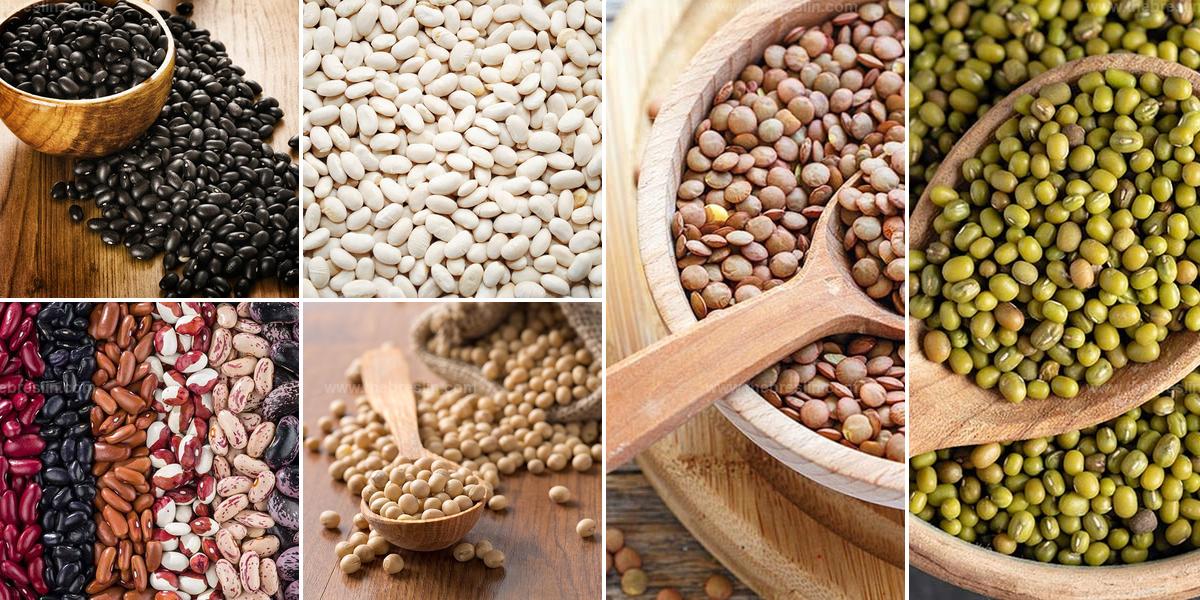
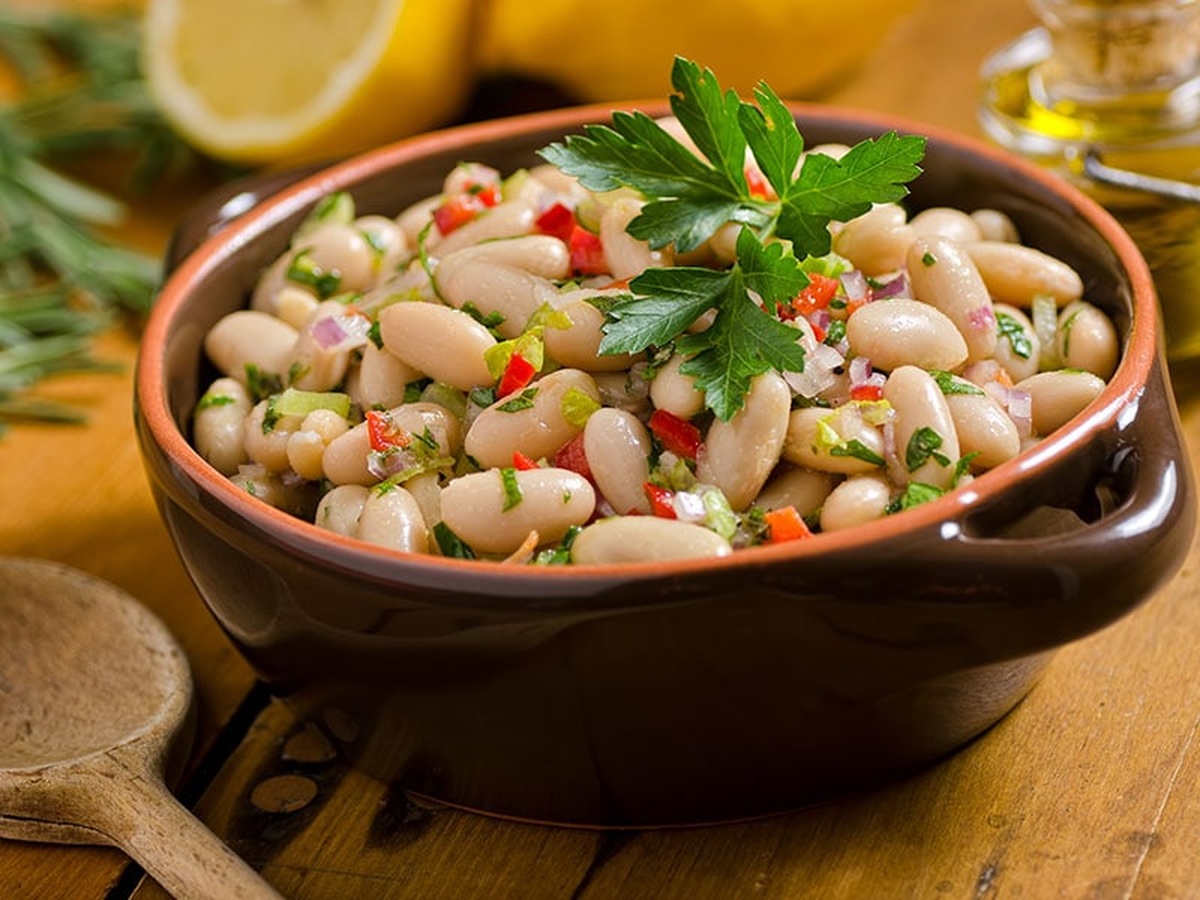
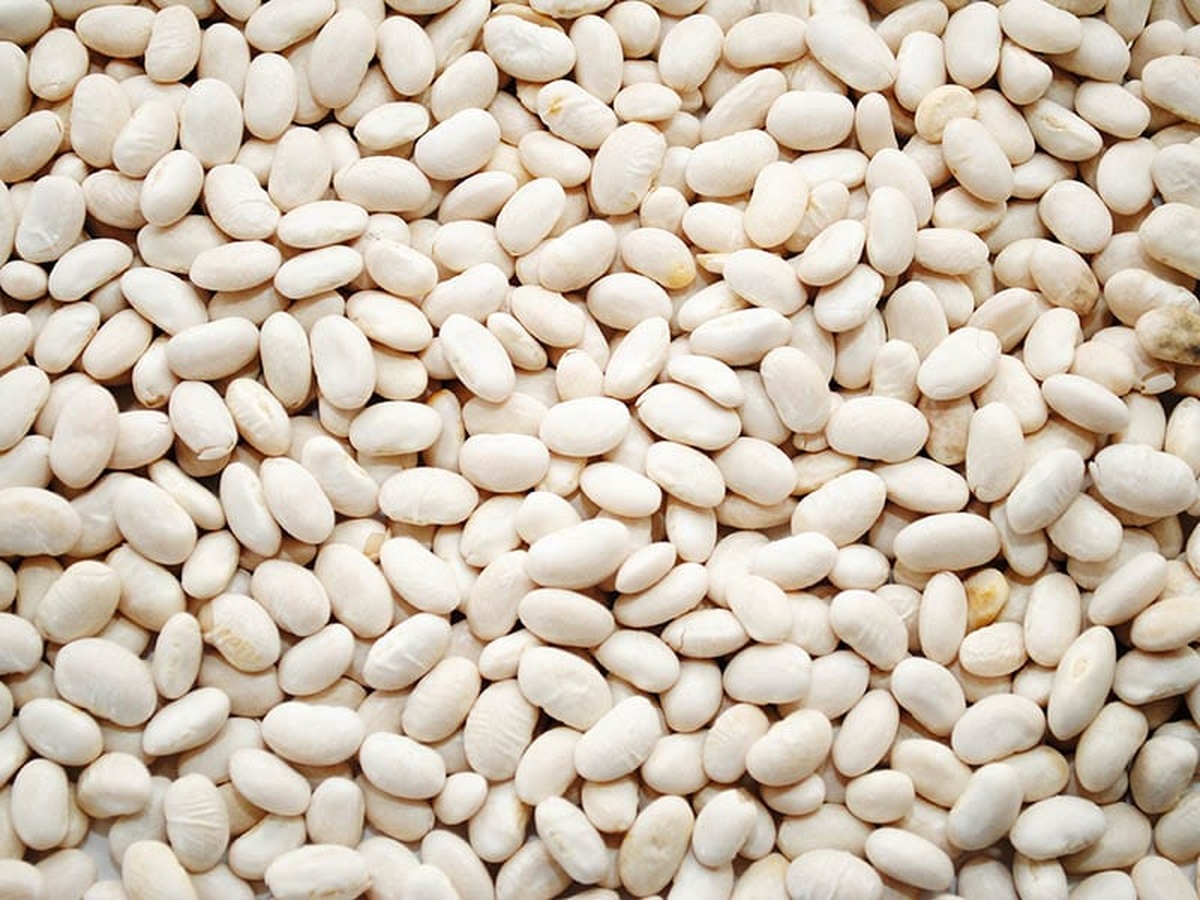
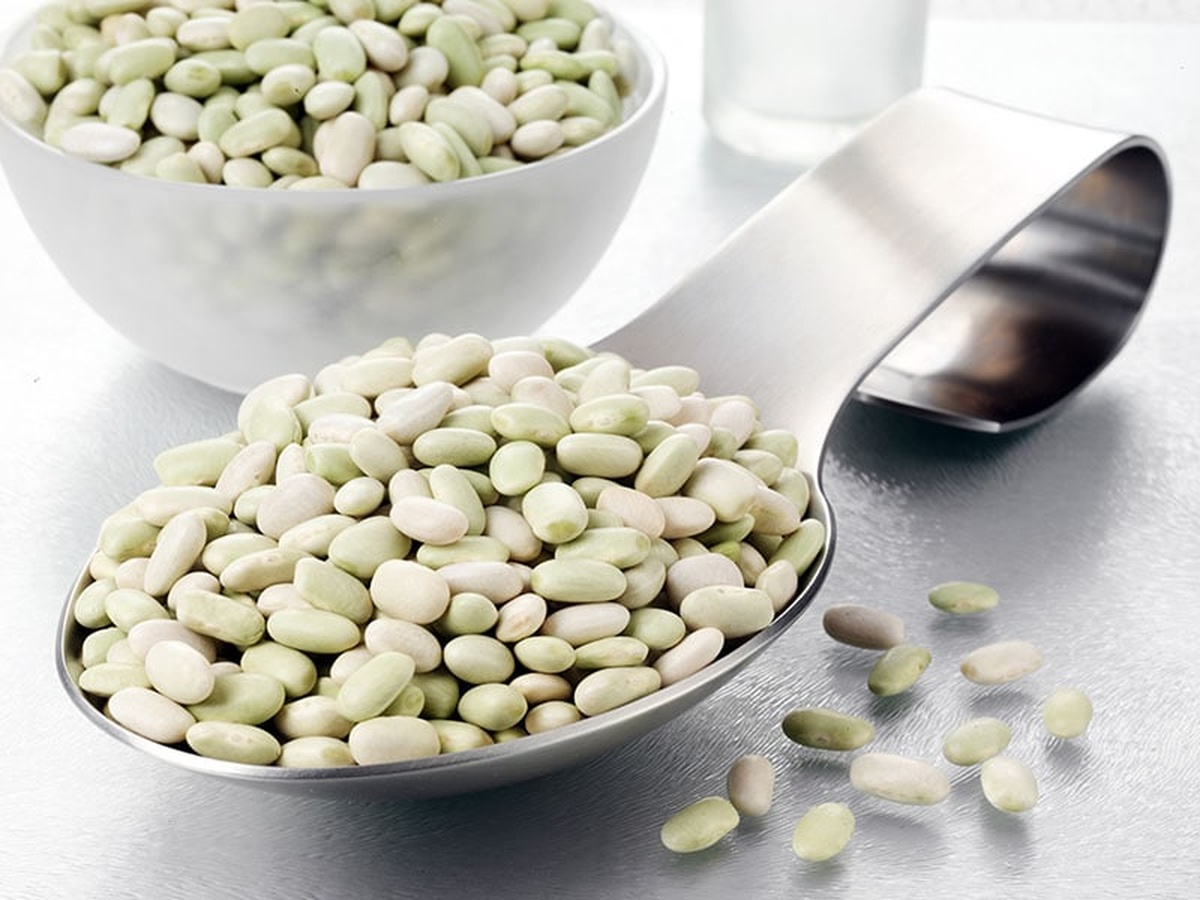
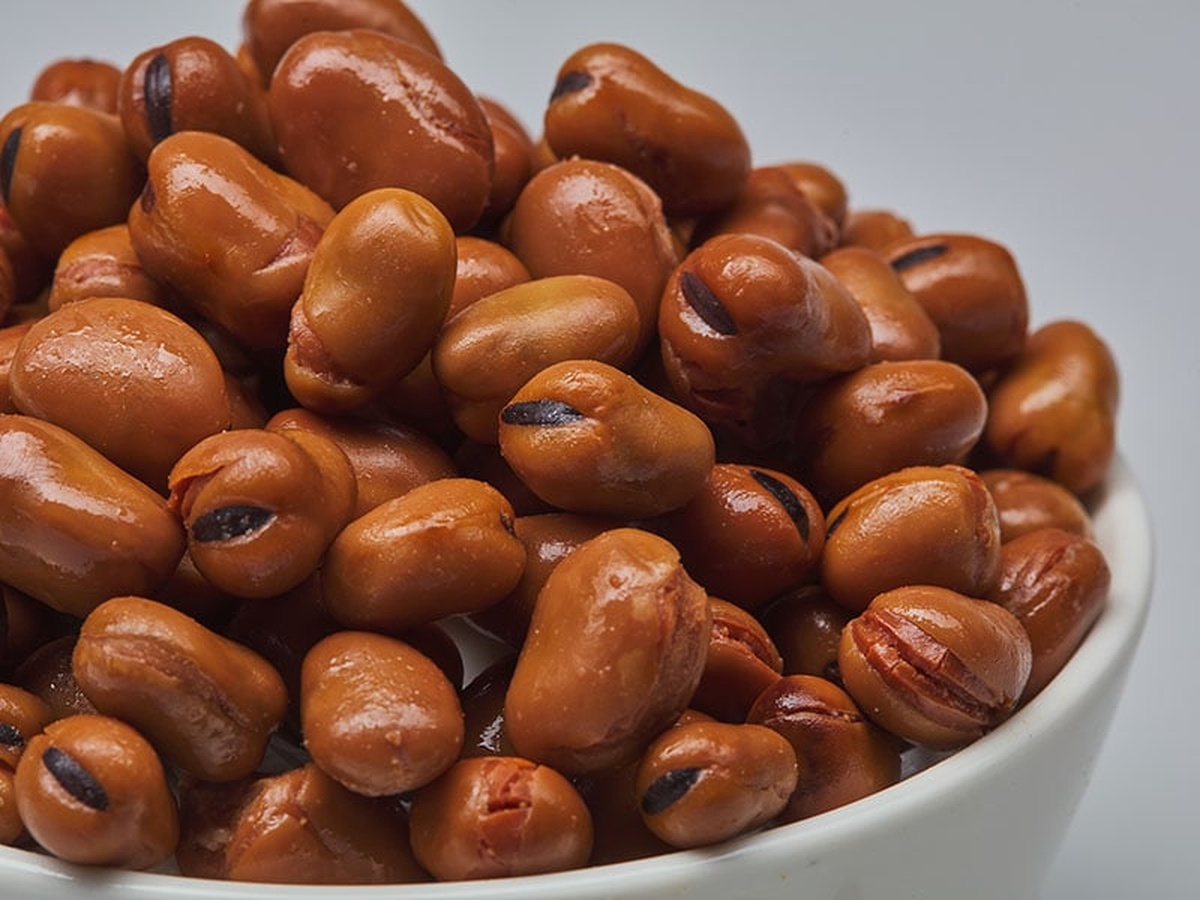
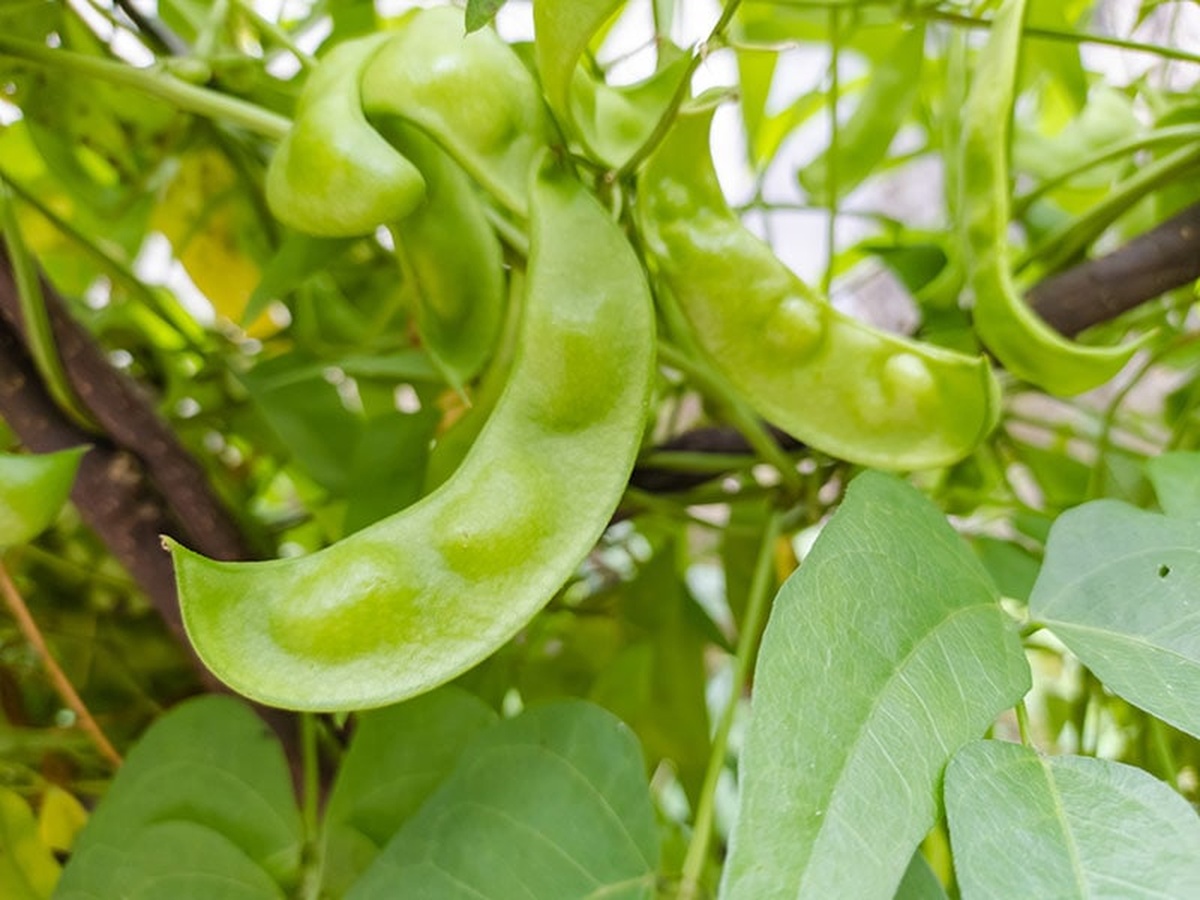

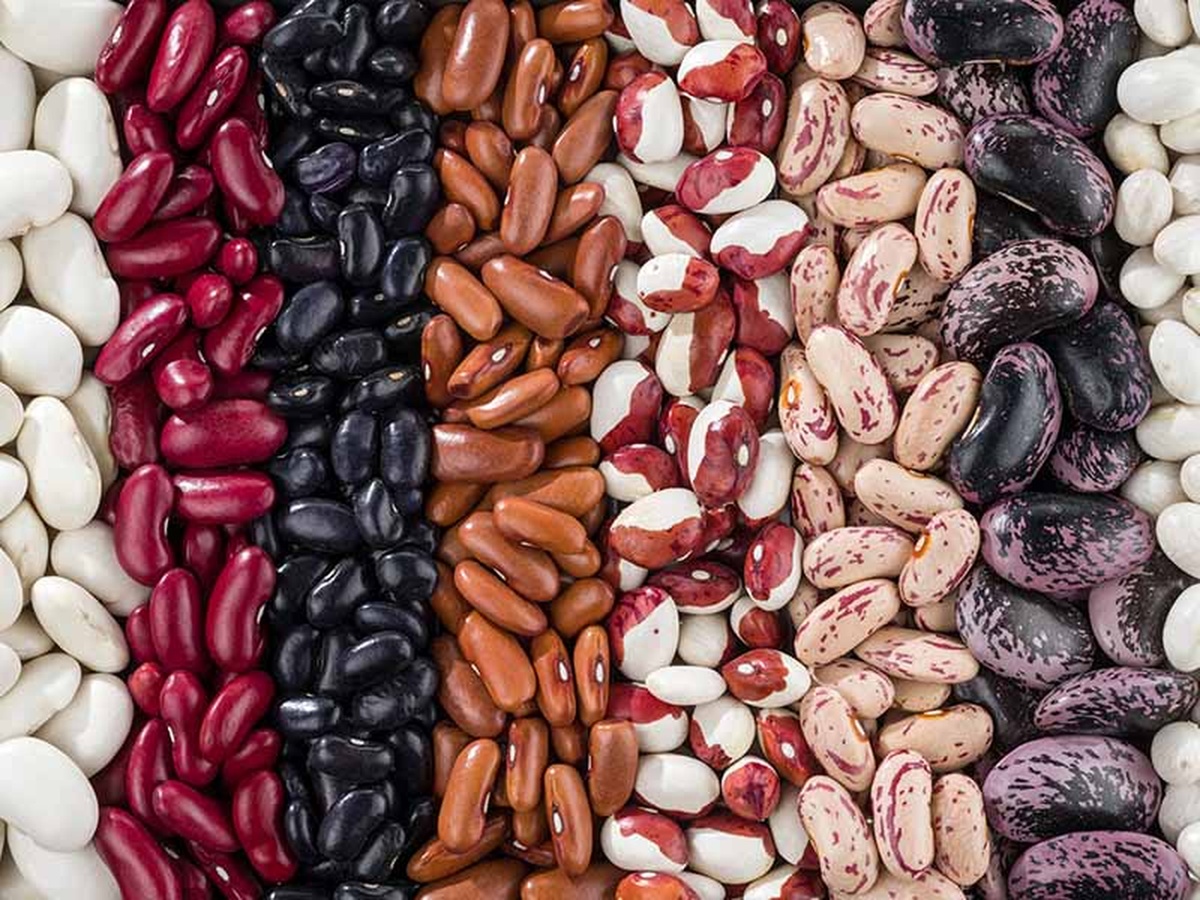
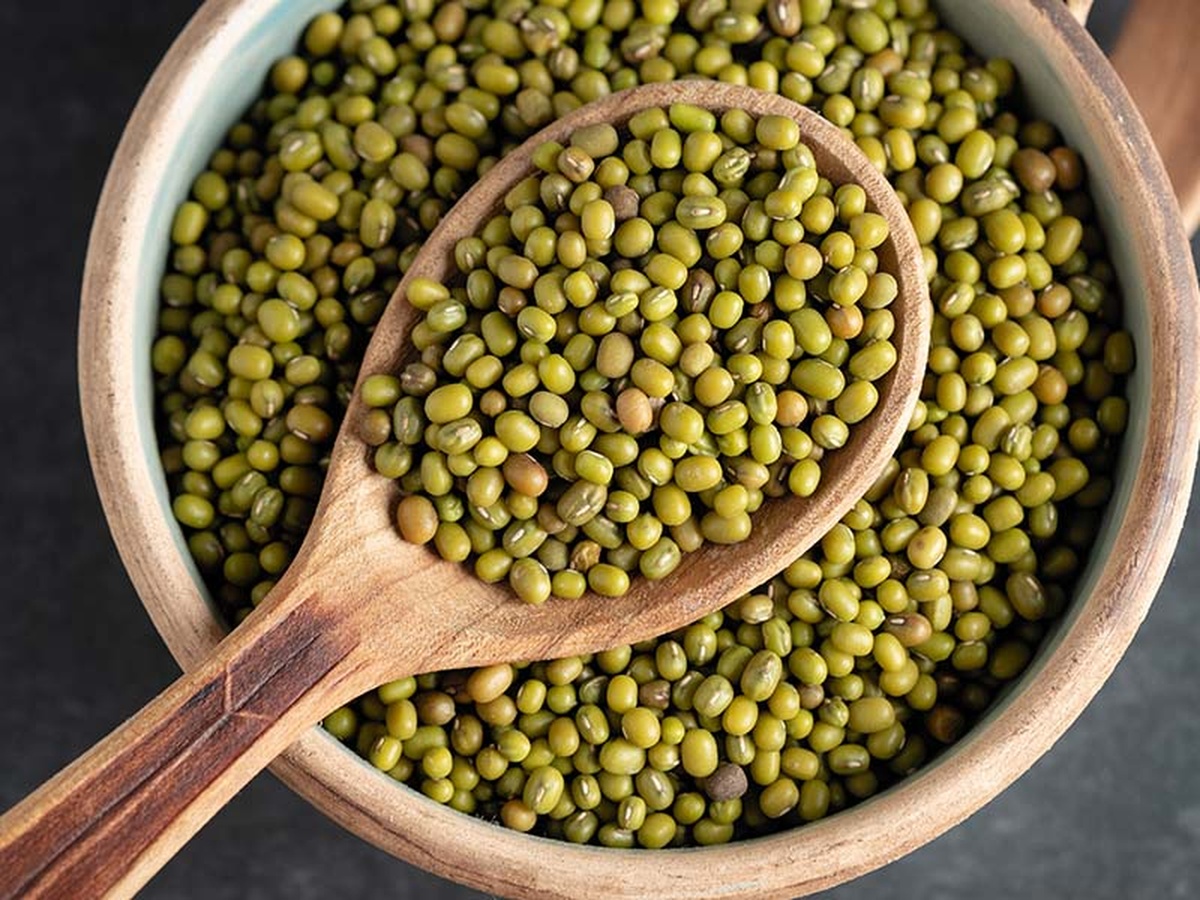
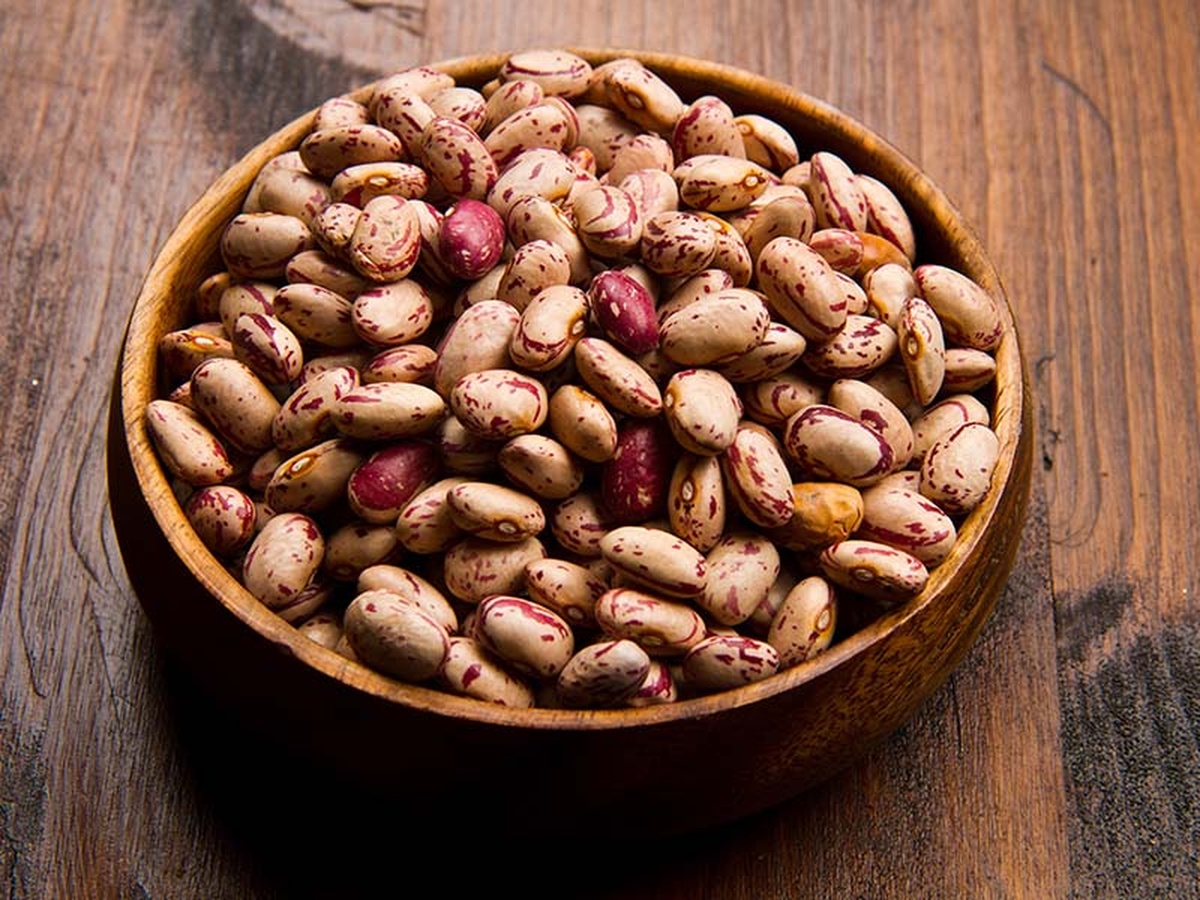
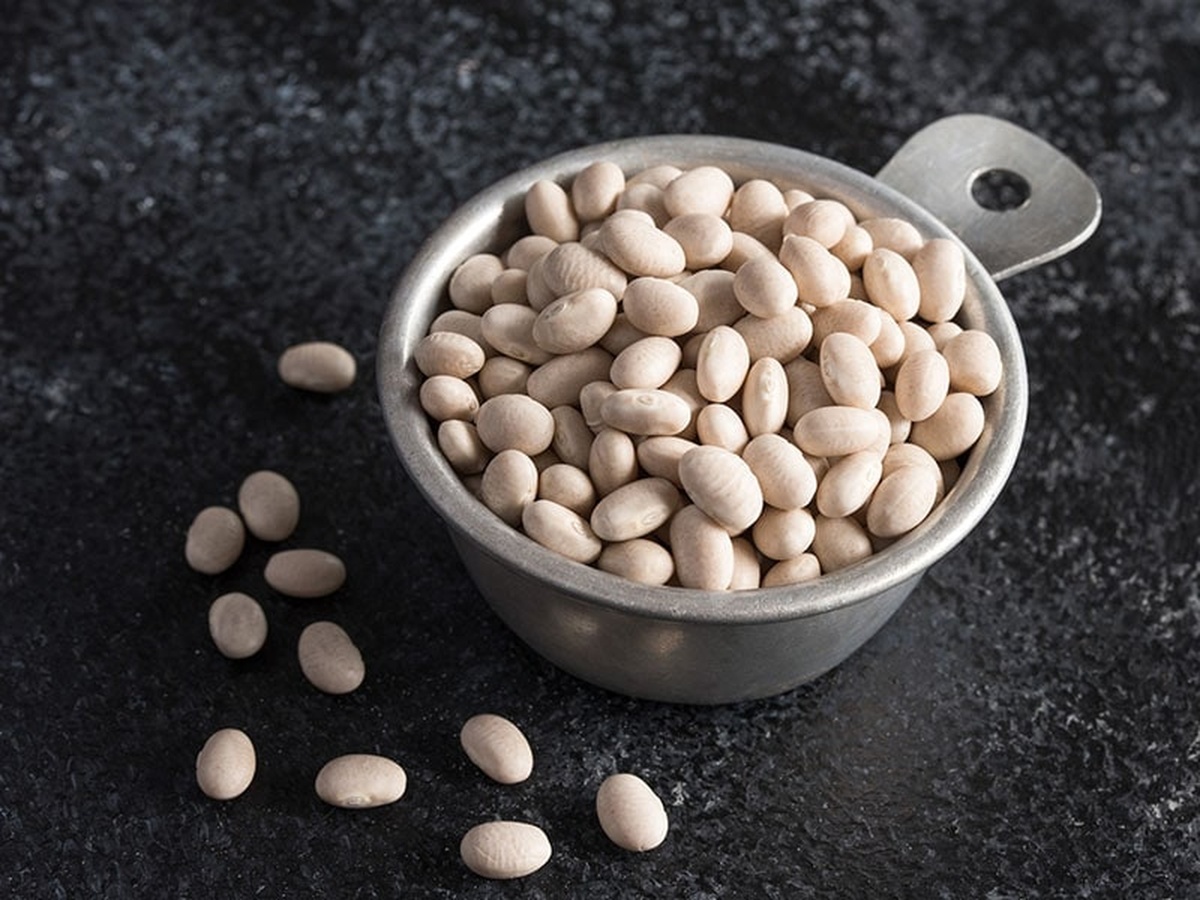
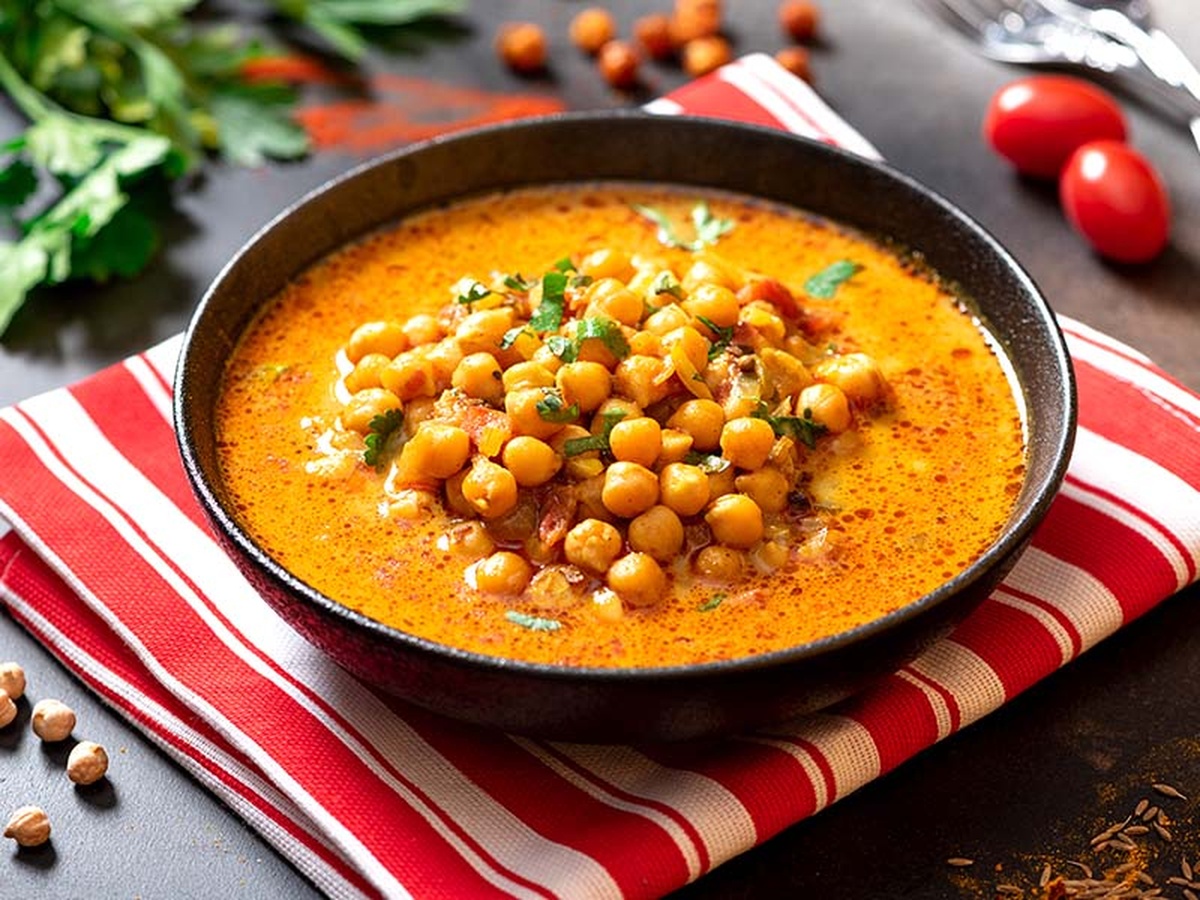
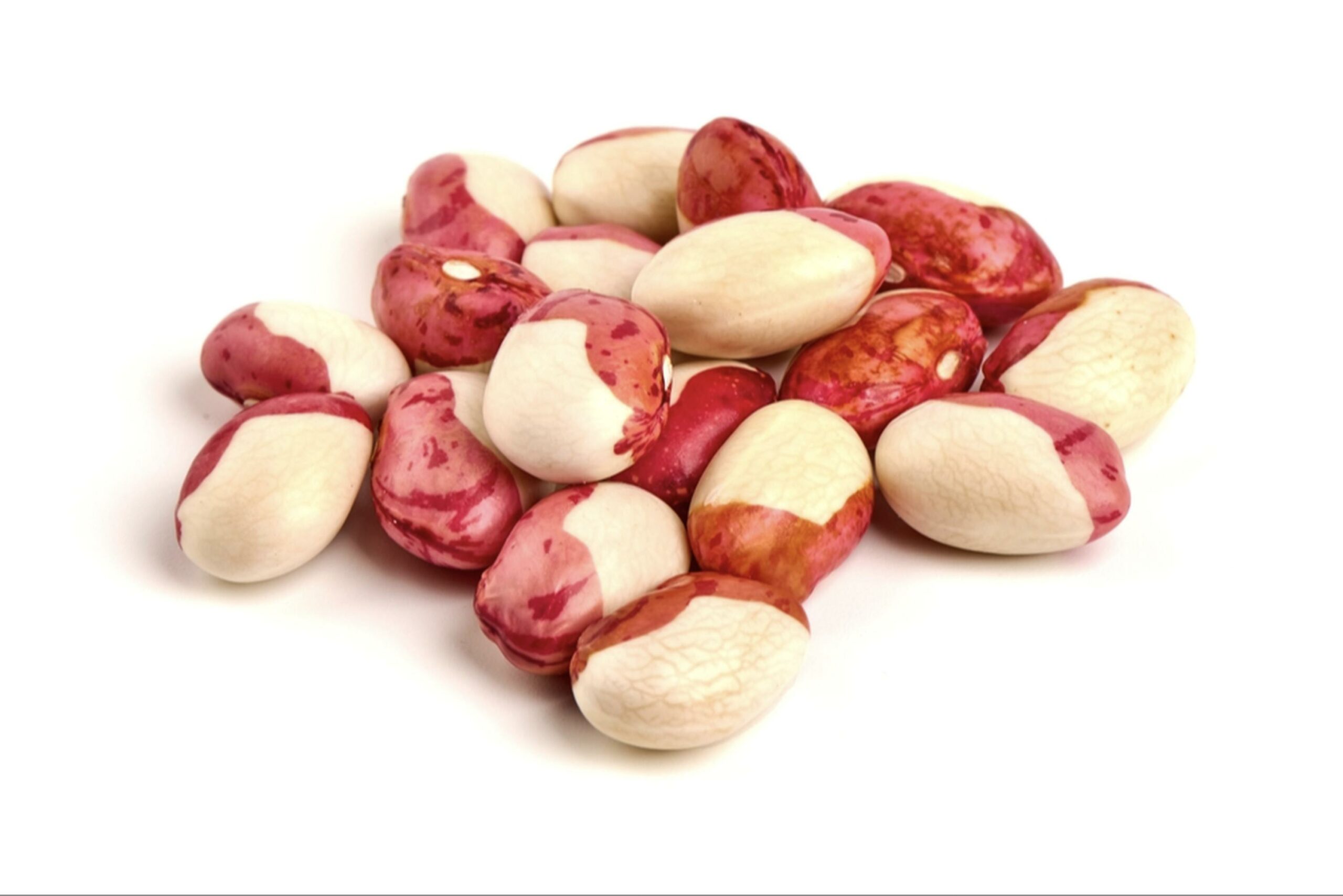
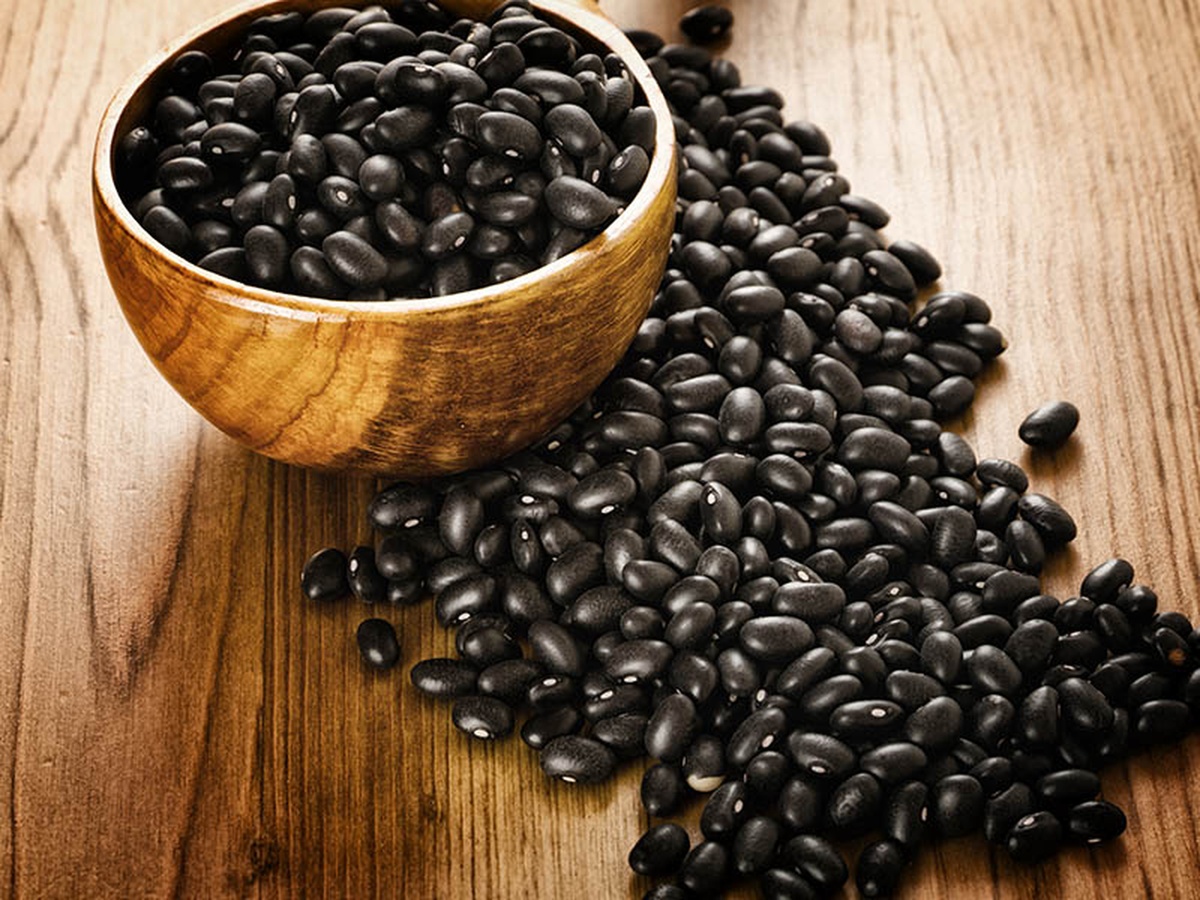
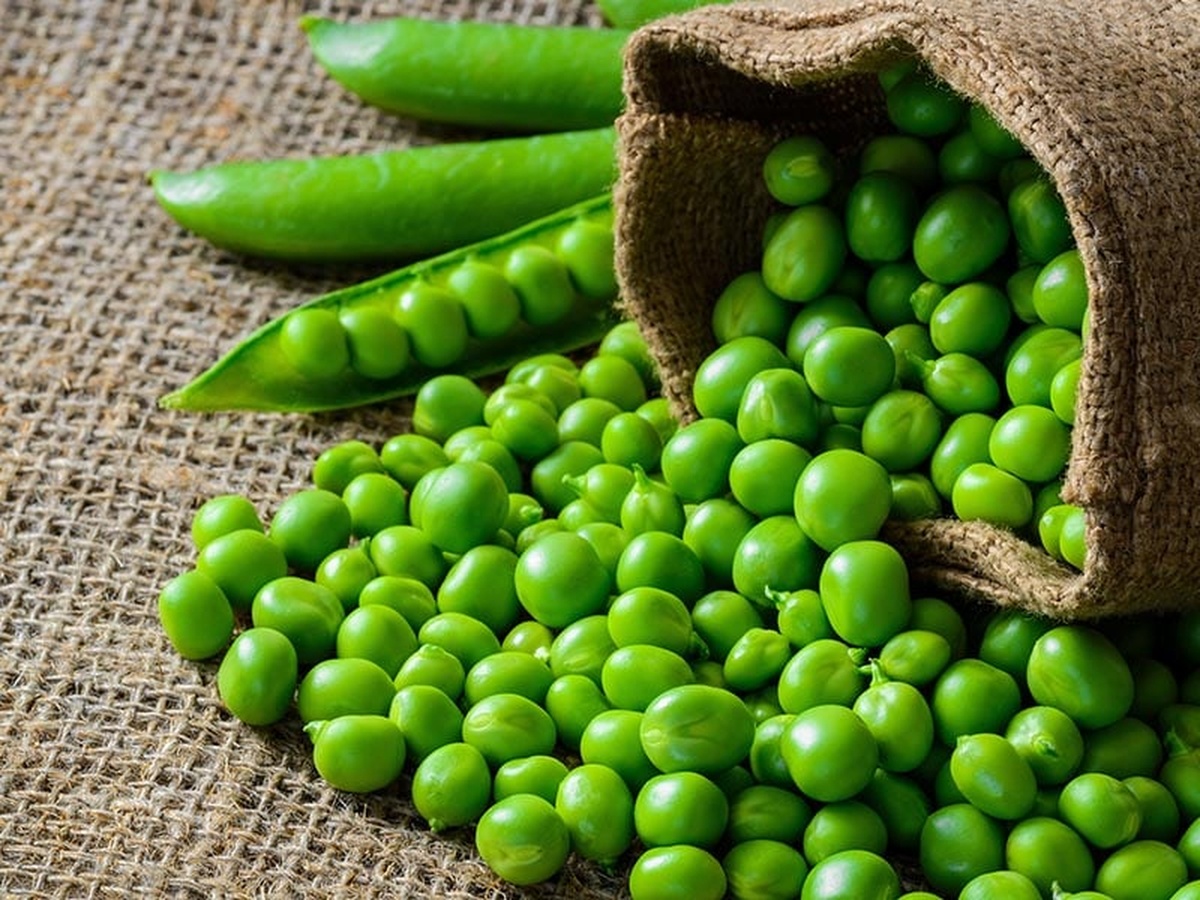
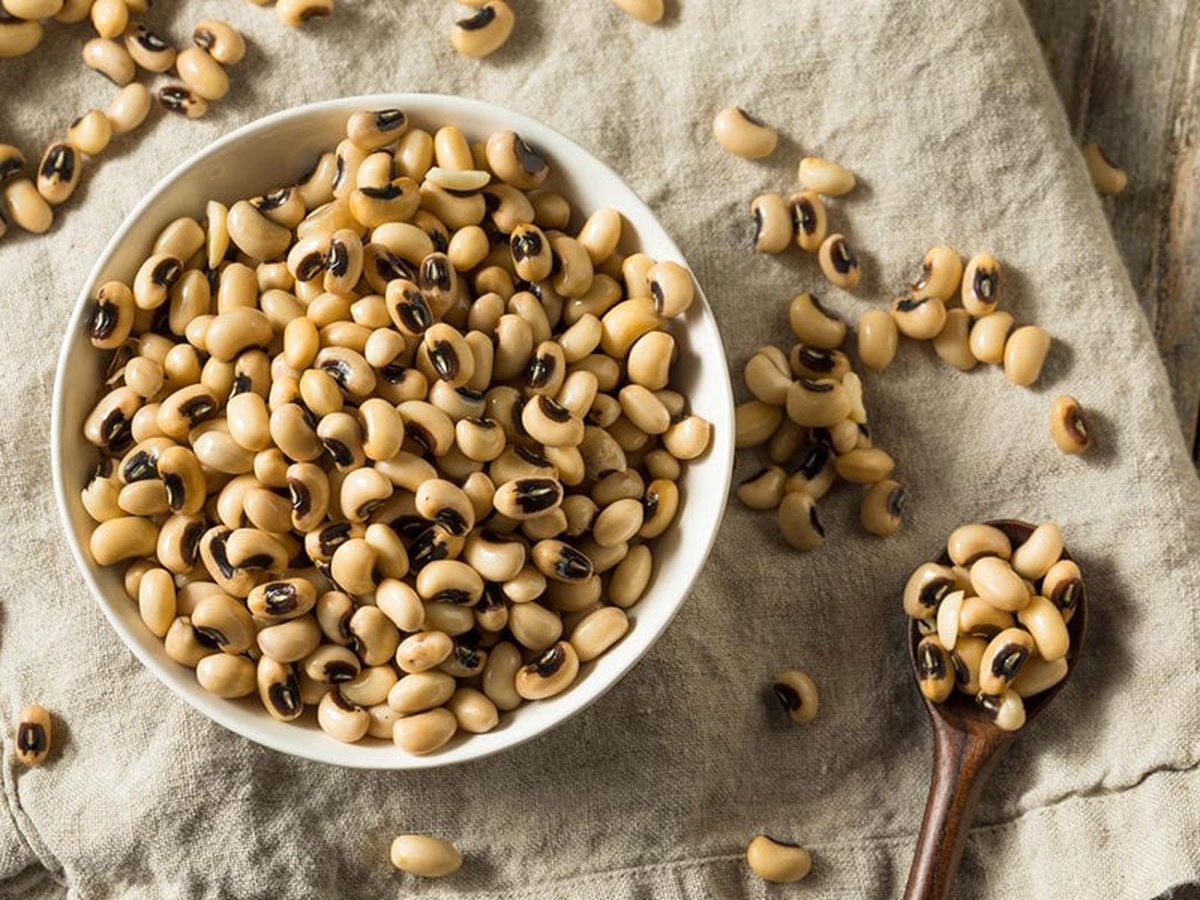
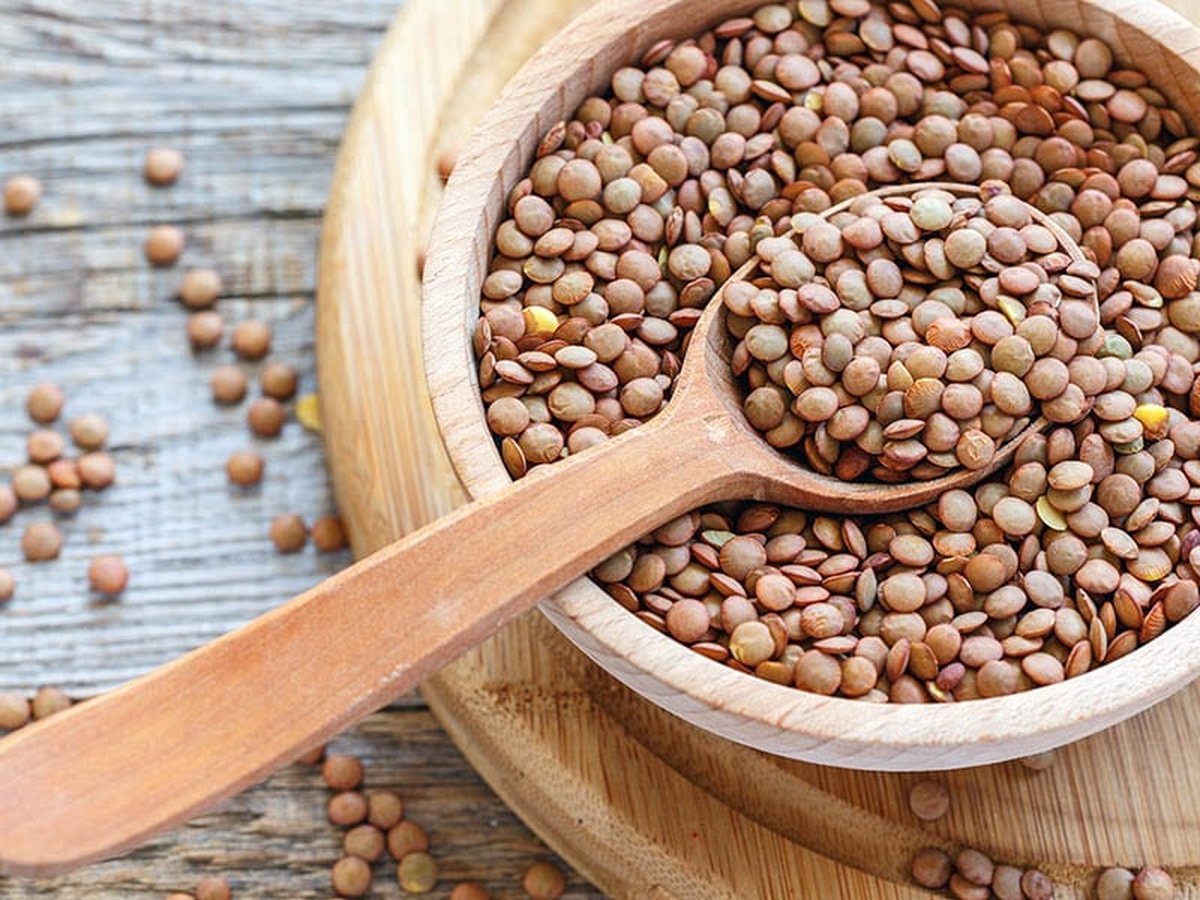
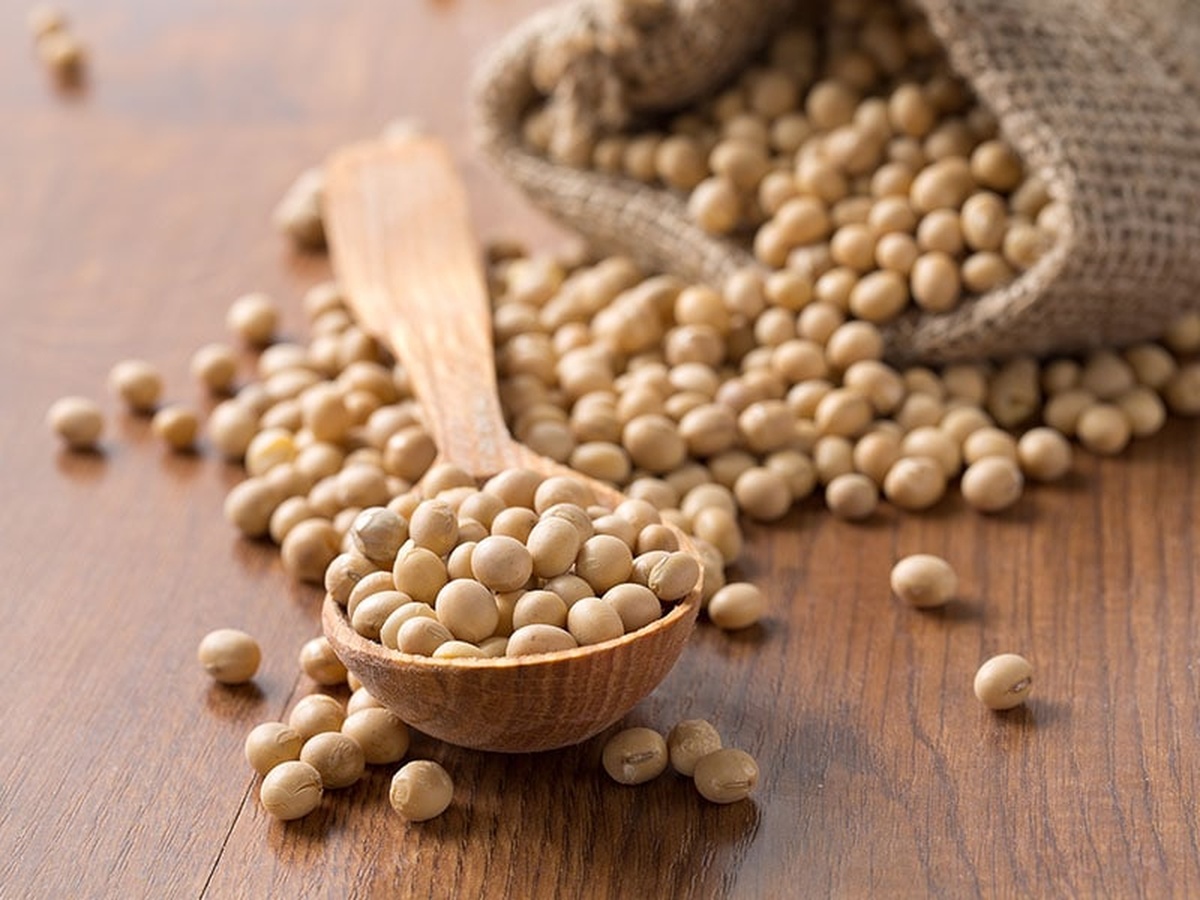
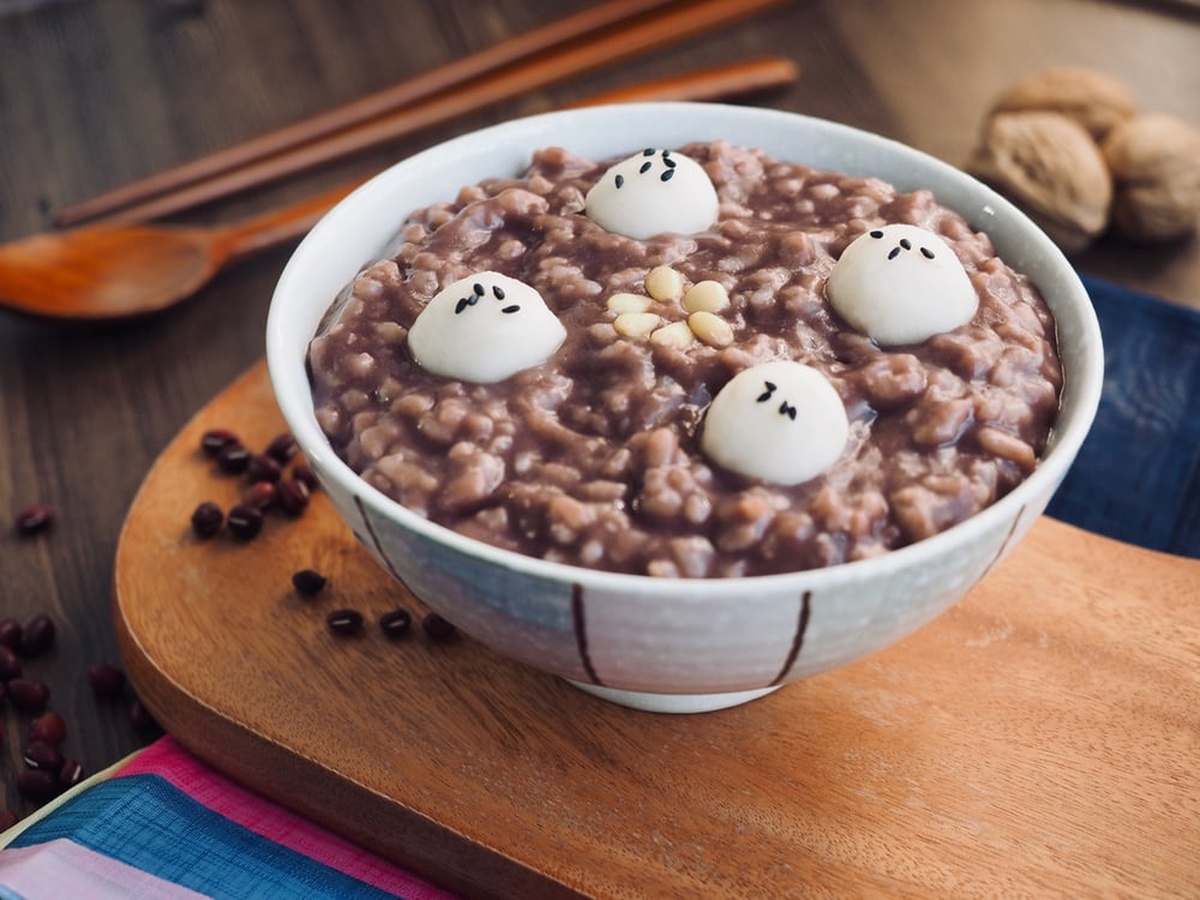
David Martinez
Travel and Food Writer
Expertise
Culinary Travel Writing, Food Photography, Cultural Food Exploration, Restaurant Reviews, Gastronomic Event Coverage
Education
The Culinary Institute of America (CIA), Greystone Campus, St. Helena, CA
Program: Associate Degree in Culinary Arts
Focus: Hands-on training in culinary techniques and kitchen management, blending traditional methods with contemporary food trends.
Le Cordon Bleu, Paris, France
Program: Grand Diplôme (Diploma in Cuisine and Pâtisserie)
Focus: Comprehensive culinary training in both classic French cuisine and pastry arts, emphasizing precision, creativity, and professional kitchen operations.
David Martinez is a travel and food writer who explores the world one dish at a time. With culinary training from The Culinary Institute of America and Le Cordon Bleu, David captures the heart of each place he visits through its food. His journeys, from vibrant markets in Asia to intimate bistros in Europe, inspire his storytelling.
At thebreslin.com, David shares recipes and stories that give readers a taste of global food culture. His approachable writing and passion for authentic flavors help readers feel connected to the world’s kitchens, one bite at a time.